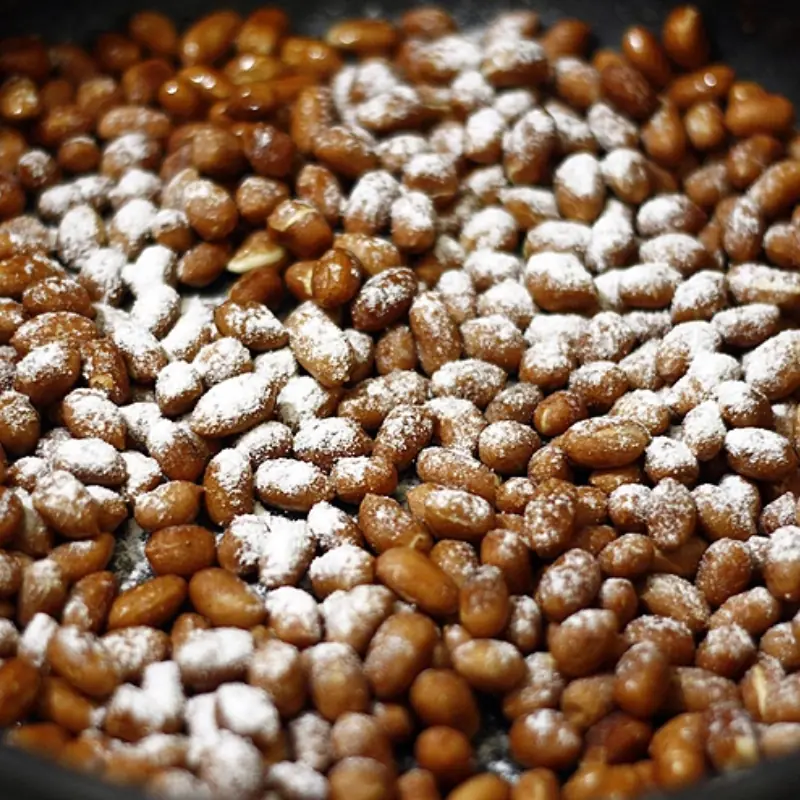
Walking around the market, a smart person can immediately see that these 5 types of vegetables are "soaked in chemicals", especially number 4
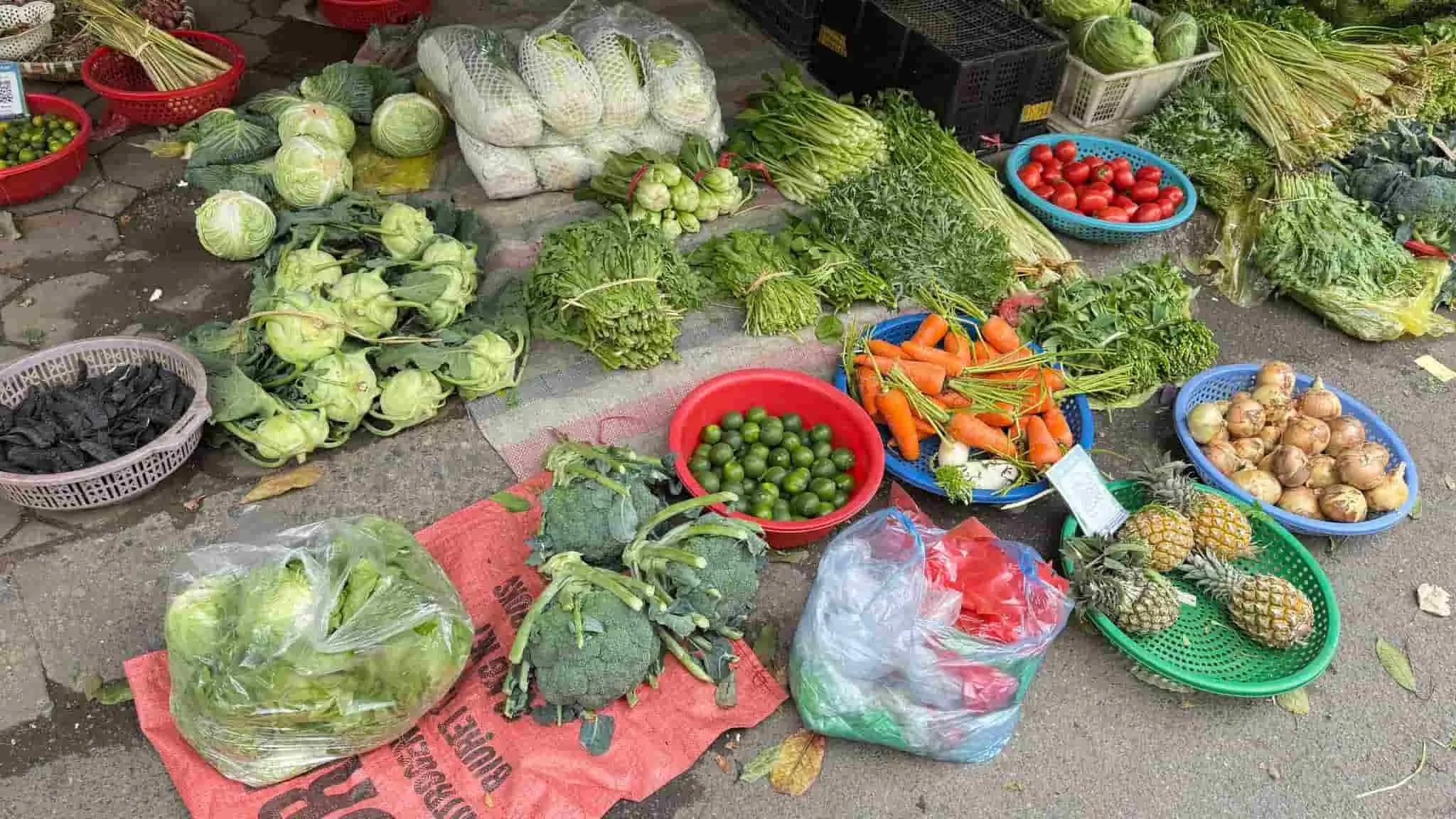
Walking Around the Market, a Smart Person Can Immediately See That These 5 Types of Vegetables Are “Soaked in Chemicals,” Especially Number 4
Buying fresh vegetables at the market is a daily routine for many, but not all produce is created equal. Some vegetables are more likely to be heavily treated with pesticides, herbicides, and chemical fertilizers to boost growth and appearance. A savvy shopper can spot these “soaked in chemicals” vegetables and choose safer options. Here are five types of vegetables that commonly carry high chemical residues, with a special warning about number four.
1. Spinach
Spinach is a leafy green that tends to absorb pesticides readily due to its large surface area and thin leaves. Many conventional farms use chemicals to protect spinach from pests and diseases, resulting in high pesticide residues on the leaves.
2. Tomatoes
Tomatoes are often sprayed with fungicides and insecticides to prevent spoilage and pest damage. The bright, shiny appearance that attracts consumers can sometimes be a sign of chemical treatments.
3. Strawberries
Though technically a fruit, strawberries are often grouped with vegetables at markets. They are notorious for having one of the highest pesticide residues among all produce due to their vulnerability to pests and delicate skin.
4. Cucumbers
Cucumbers frequently appear in markets with a waxy, shiny coating that masks pesticides and prolongs shelf life. This wax can trap harmful chemicals on the surface, making it difficult to wash them off completely. Eating untreated cucumbers or those from organic sources is safer.
5. Bell Peppers
Bell peppers often receive multiple pesticide applications to prevent insect and fungal damage. Their thin skin and bright colors mean chemicals can easily linger on the surface.
Tips for Choosing Safer Vegetables
-
Buy organic whenever possible, especially for high-risk vegetables.
-
Wash produce thoroughly under running water and use a brush for hard-skinned vegetables.
-
Peel vegetables when appropriate to reduce chemical intake.
-
Support local farmers who use sustainable and low-chemical farming practices.
Conclusion
Being aware of which vegetables are most likely to be “soaked in chemicals” helps consumers make safer choices for their health. Spinach, tomatoes, strawberries, cucumbers, and bell peppers top the list, with cucumbers often carrying hidden wax and chemicals. Shopping smart and washing produce carefully can reduce your exposure to harmful substances and protect your family’s health.
News in the same category


Eat 4 foods on an empty stomach in the morning to help clean the intestines, improve digestion, and prevent canc.er
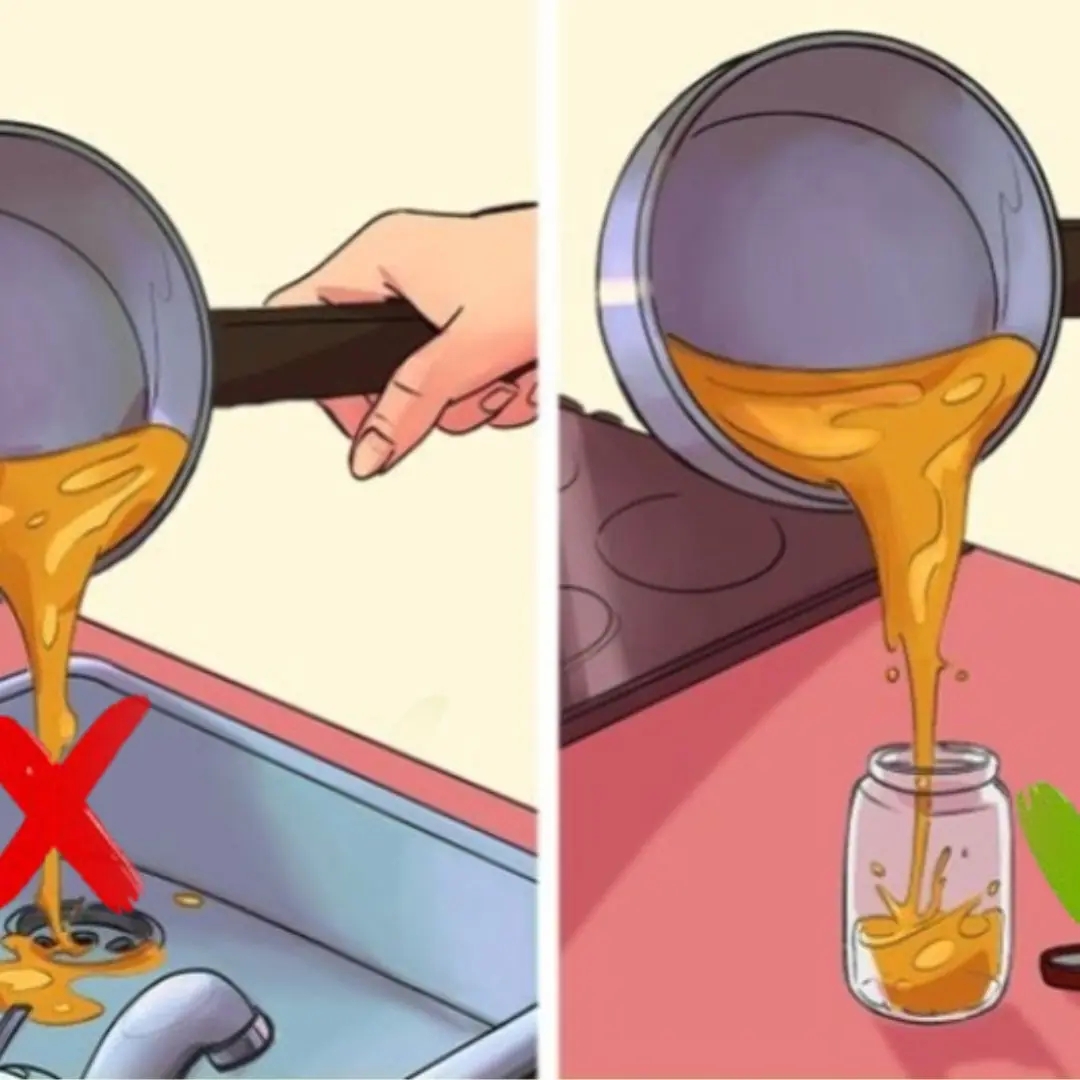
6 effective and safe ways to handle leftover cooking oil you should know

How to clean your TV screen safely without causing damage
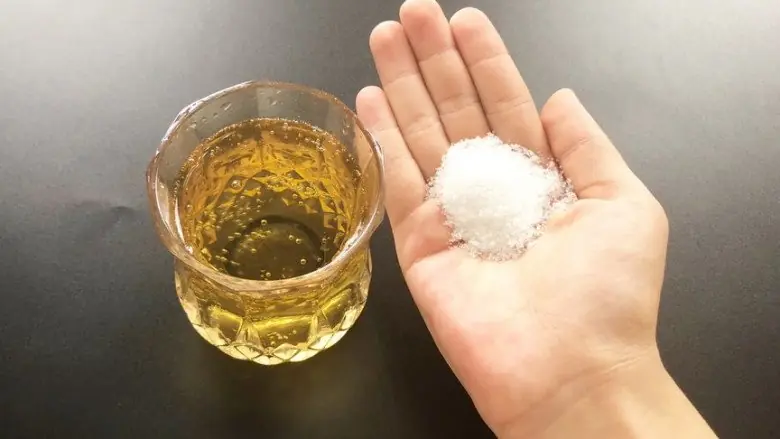
Tips with salt and beer
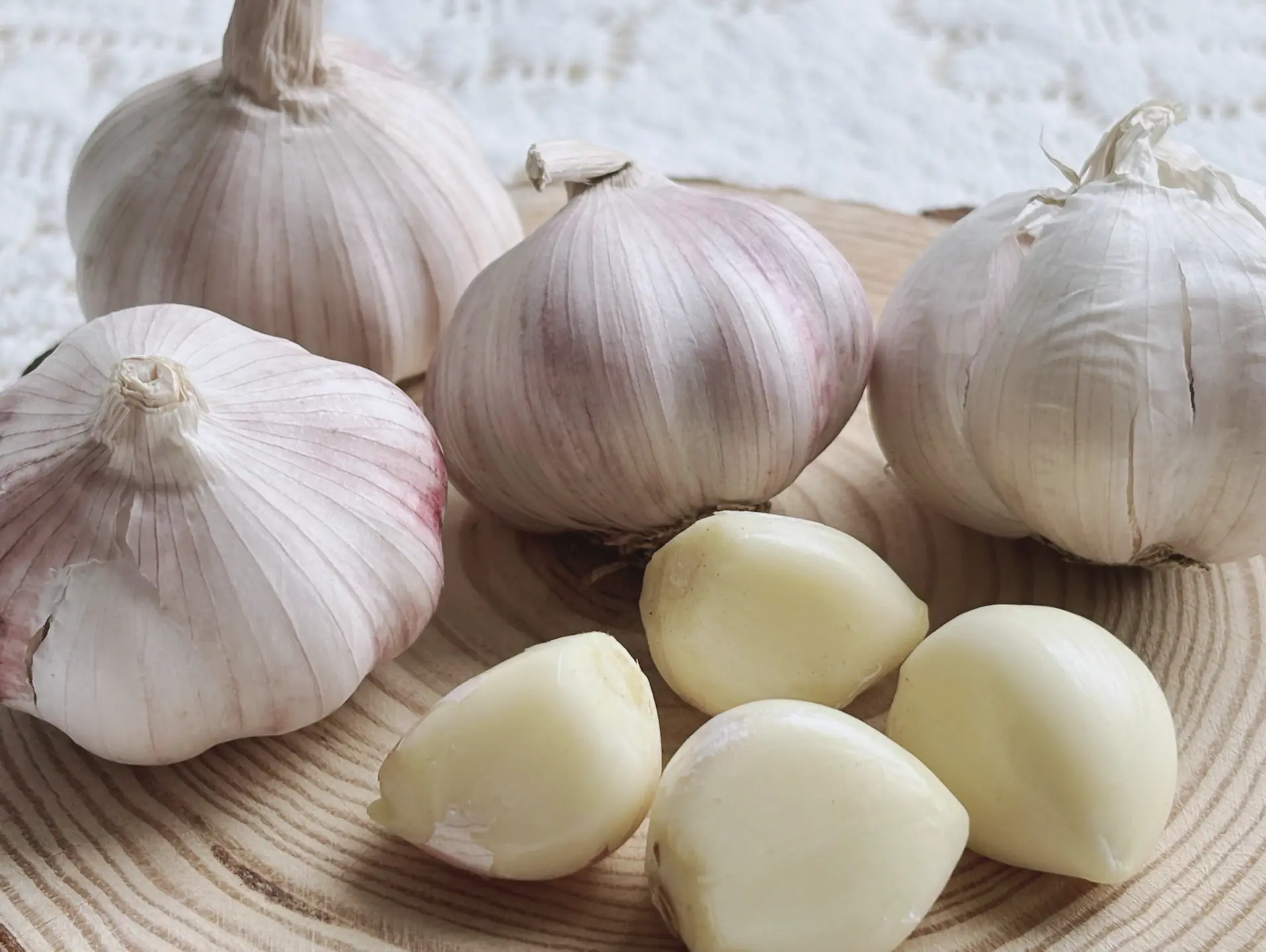
Pay attention to these types of garlic when going to the market
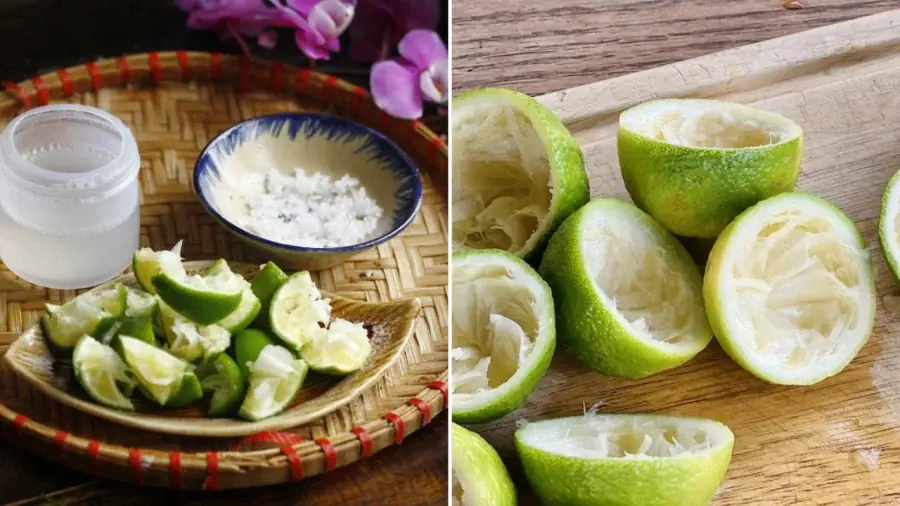
Don’t Throw Away Leftover Lemon Peels — Keep Them for These 5 Amazing Uses
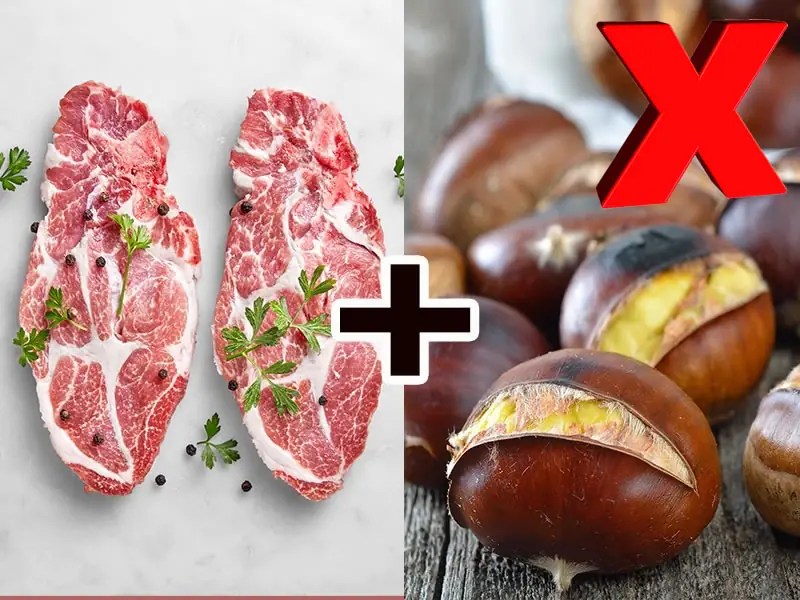
Many people do not know: Don't be foolish to combine these things with beef!
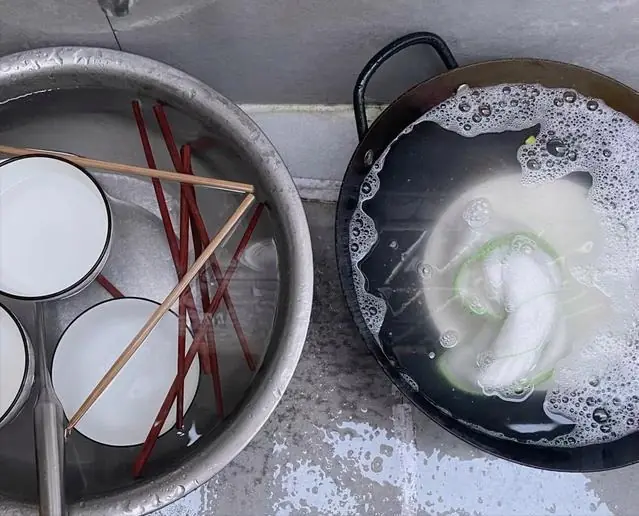
5 mistakes when washing dishes that cause cancer in the whole family, many people do them every day without knowing, especially number 3

Doctor reveals the 'often overlooked' body part you MUST clean every day, or it could be life-threatening
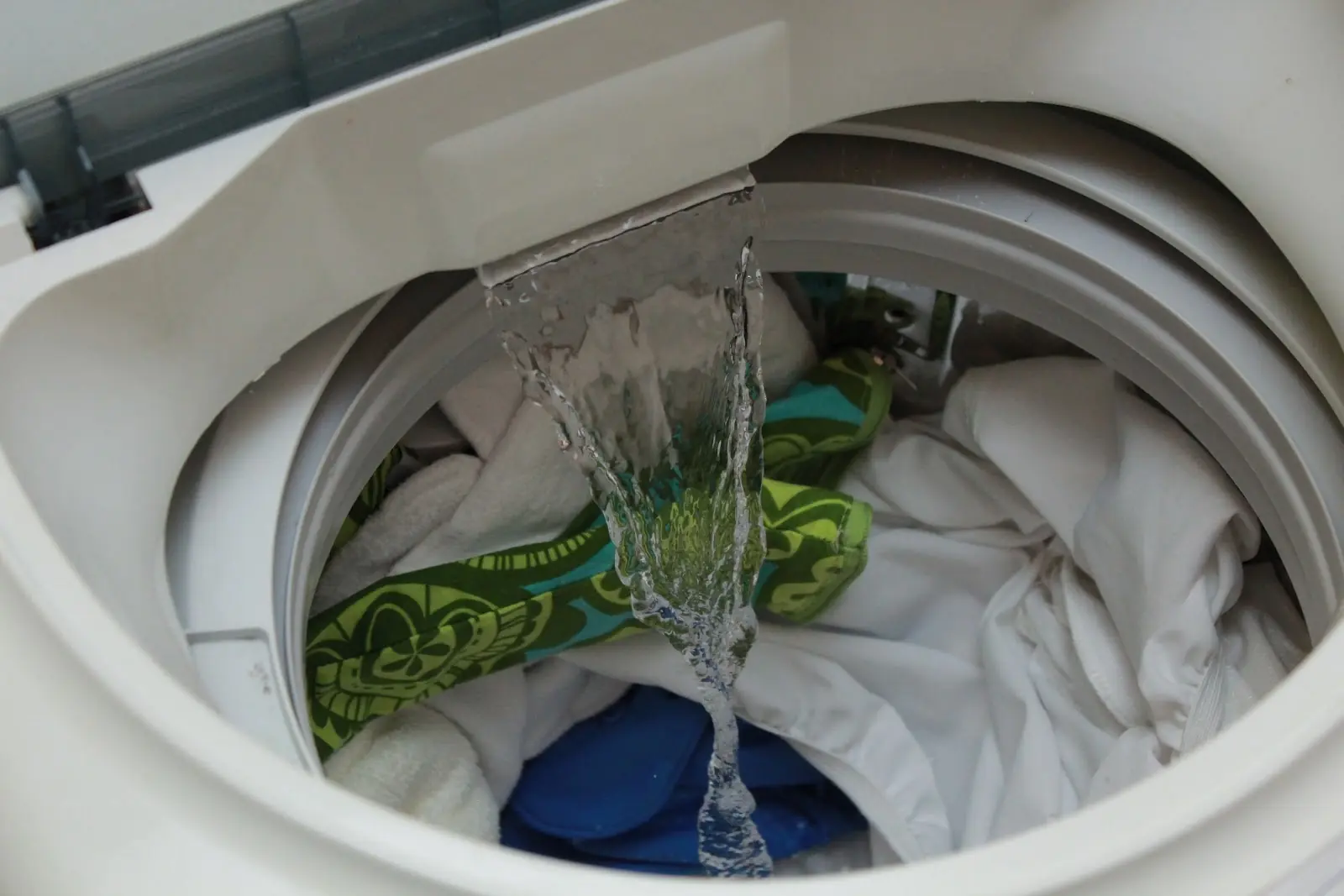
There Are 4 "Electricity-Guzzling Monsters" in the House—Here's How I Finally "Tamed" Them!

Why Do Towels Turn Yellow and Stiff Over Time? Add This Simple Ingredient to Restore Them Instantly
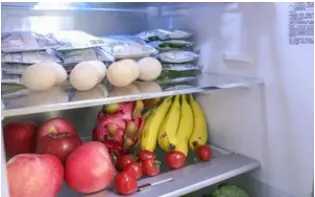
4 things you SHOULD NOT put in the refrigerator: The longer you leave them, the more they will spoil, completely counterproductive!
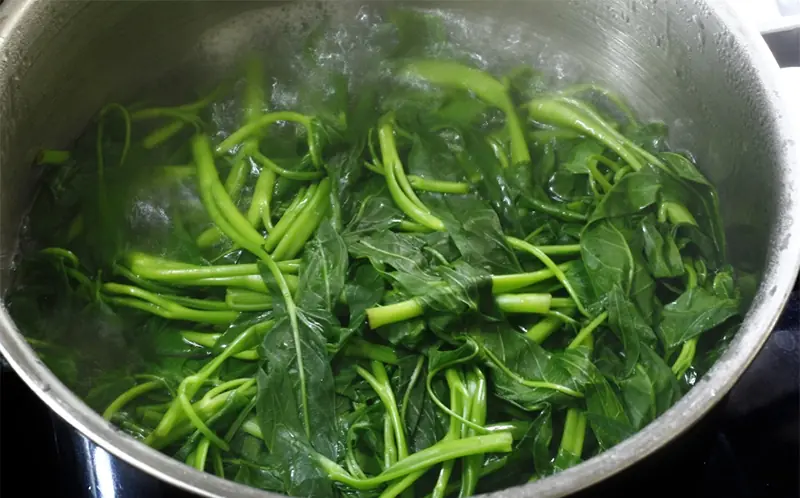
This wild vegetable "pumps" natural retinol, and is also super rich in vitamin C. Eat it regularly to keep your skin plump with collagen
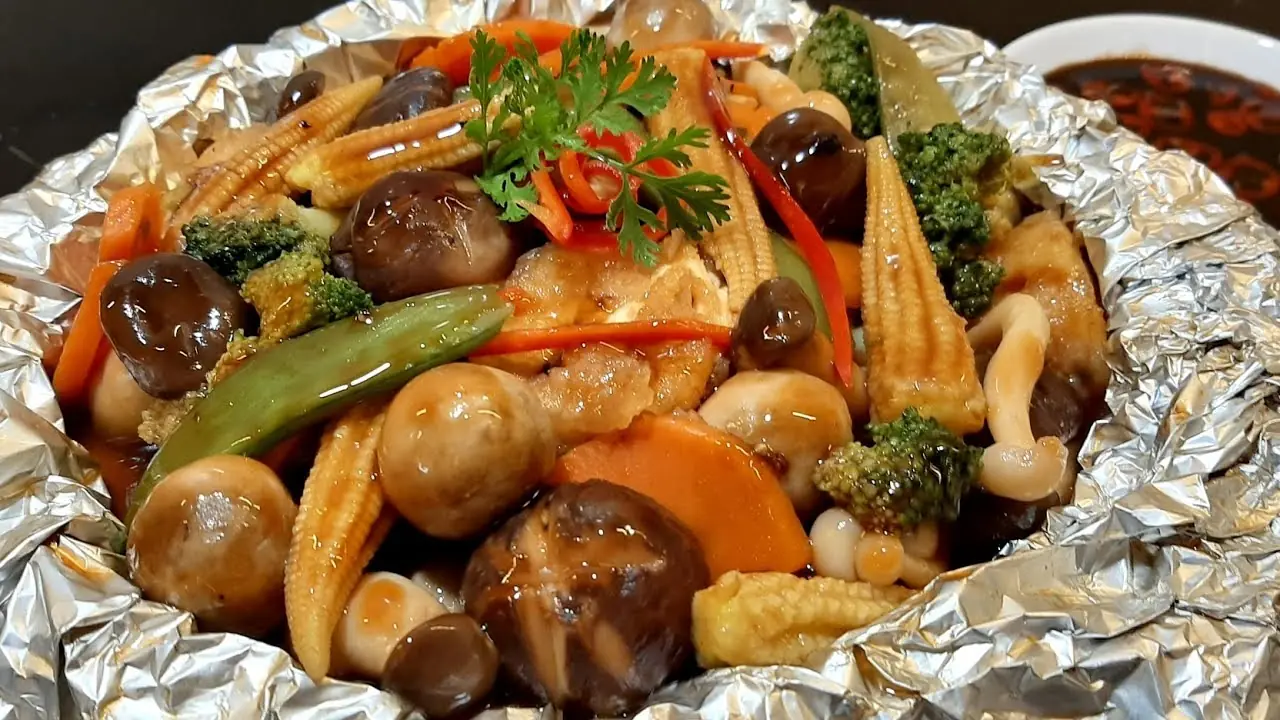
These 7 vegetables turn out to be super "oil absorbers", be careful because the more you eat, the fatter you get
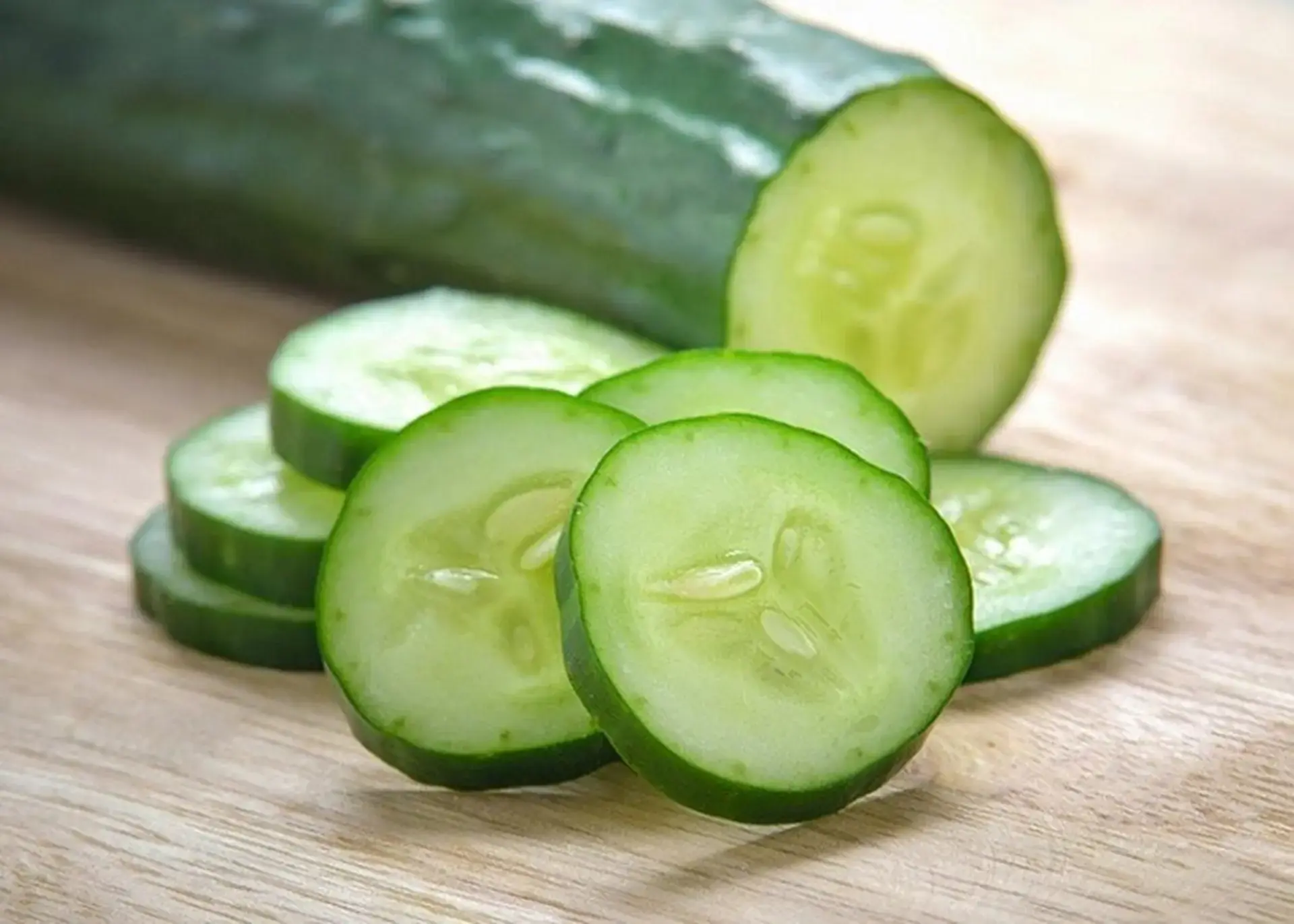
How to remove bitterness from cucumber
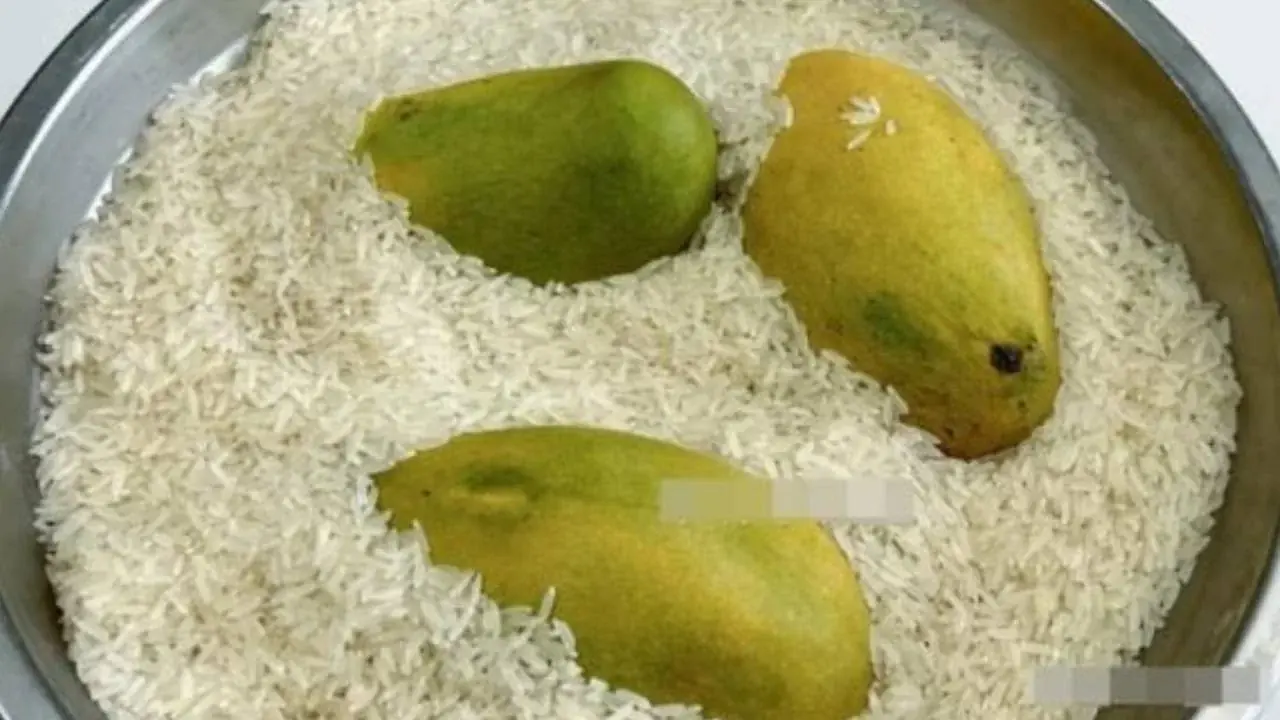
Surprising uses of rice you should know
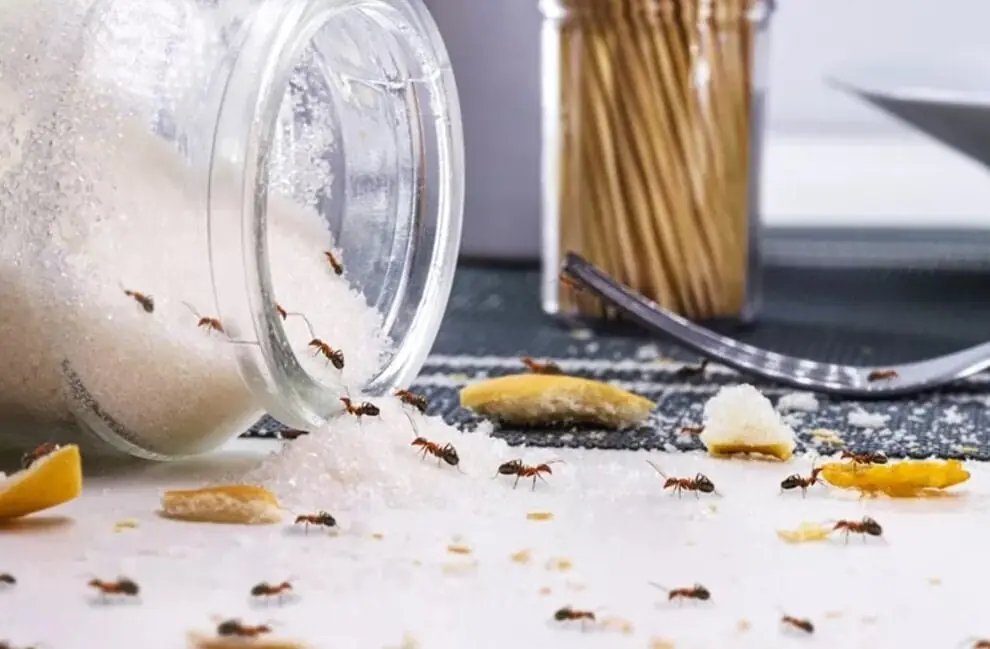
Tips to quickly get ants out of sugar jars
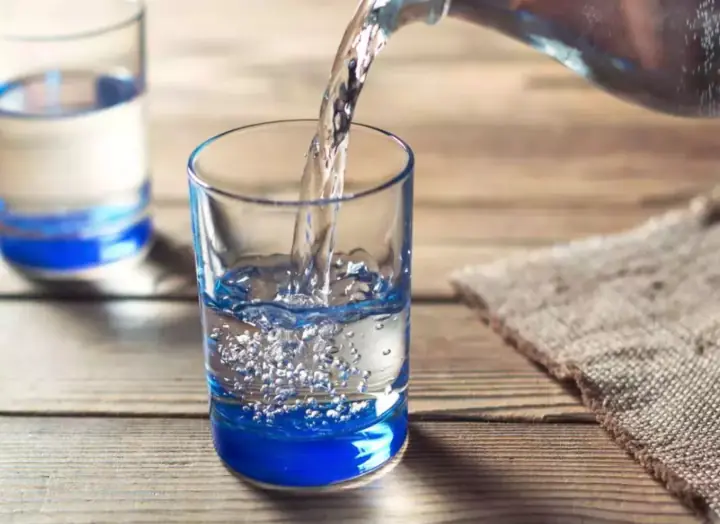
Doctor gives tips on drinking water to prevent disease and improve health without spending money
News Post

The Gospel According To Joan
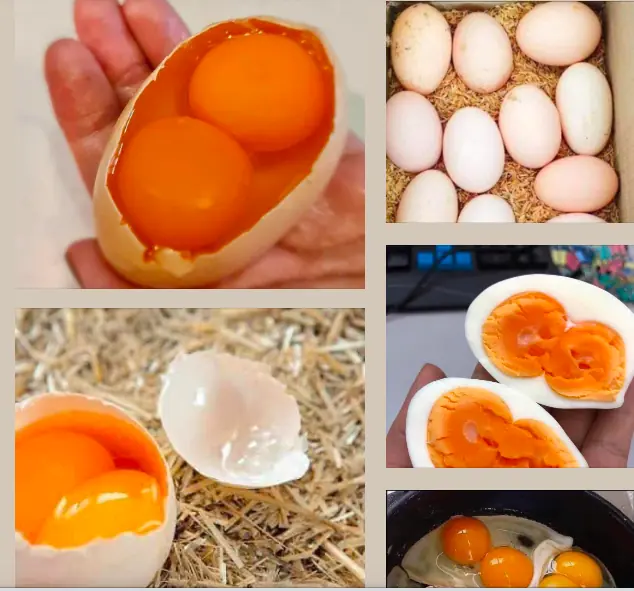
Are These Mutant Eggs Safe to Eat? The Truth About Double Yolks and Rainbow Shells
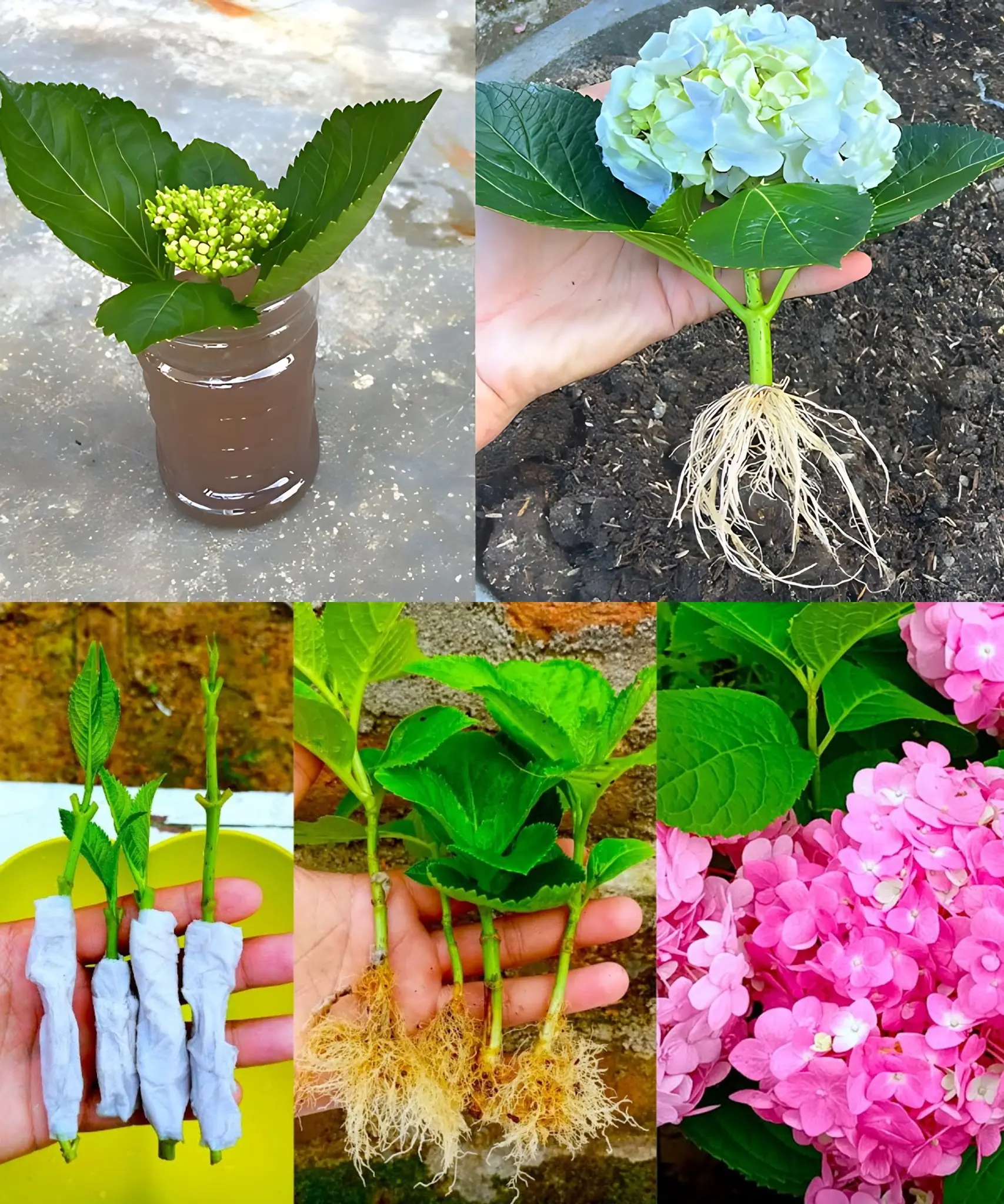
Growing hydrangeas from cuttings

One Thing Most Stro.ke Victims Have in Common: Are You Living at Risk of Cerebral Infarction?

Suddenly Suffering a Stroke After Waking Up, the Woman Regrets a 'Critical' Mistake She Made Six Months Ago

Eating These 5 Foods for Breakfast Is Like Shortening Your Lifespan — But Many People Still Love Them
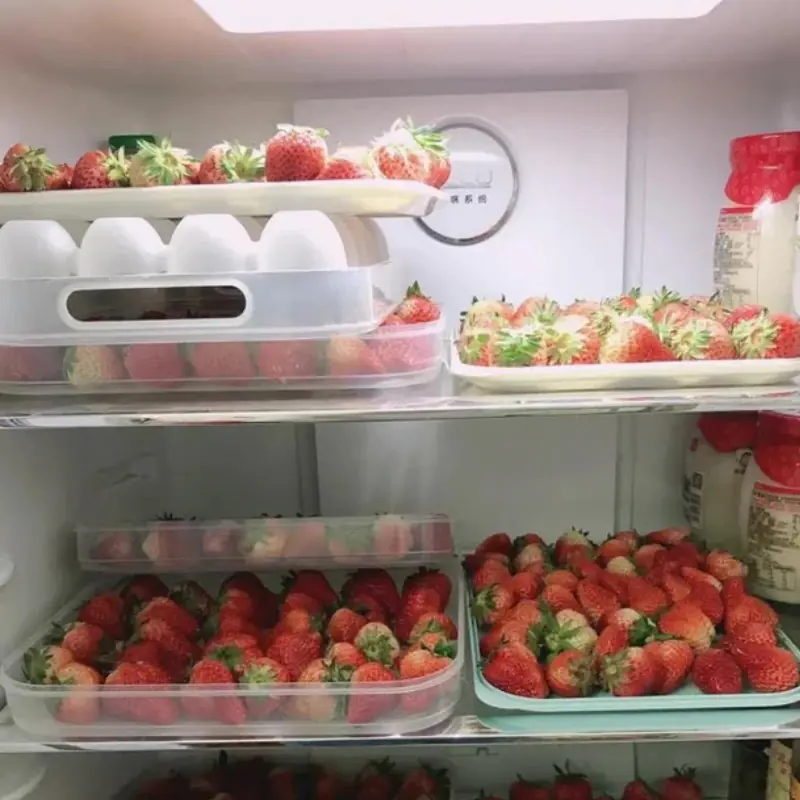
5 Foods That Stay Edible for a Whole Month at Room Temperature — But Spoil Quickly in the Fridge!

Waking Up at This Hour Every Day May Signal Lu.ng Damage — See a Doctor Immediately if You Also Have These 6 Symptoms

Many doctors recommend using two pillows when sleeping for better sleep health!

Eat 4 foods on an empty stomach in the morning to help clean the intestines, improve digestion, and prevent canc.er
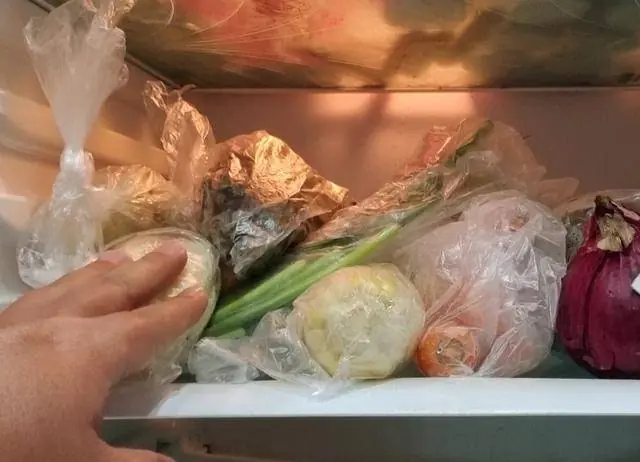
Putting plastic bags in the refrigerator causes can.cer? After hearing the truth, many people immediately ran to do 1 thing
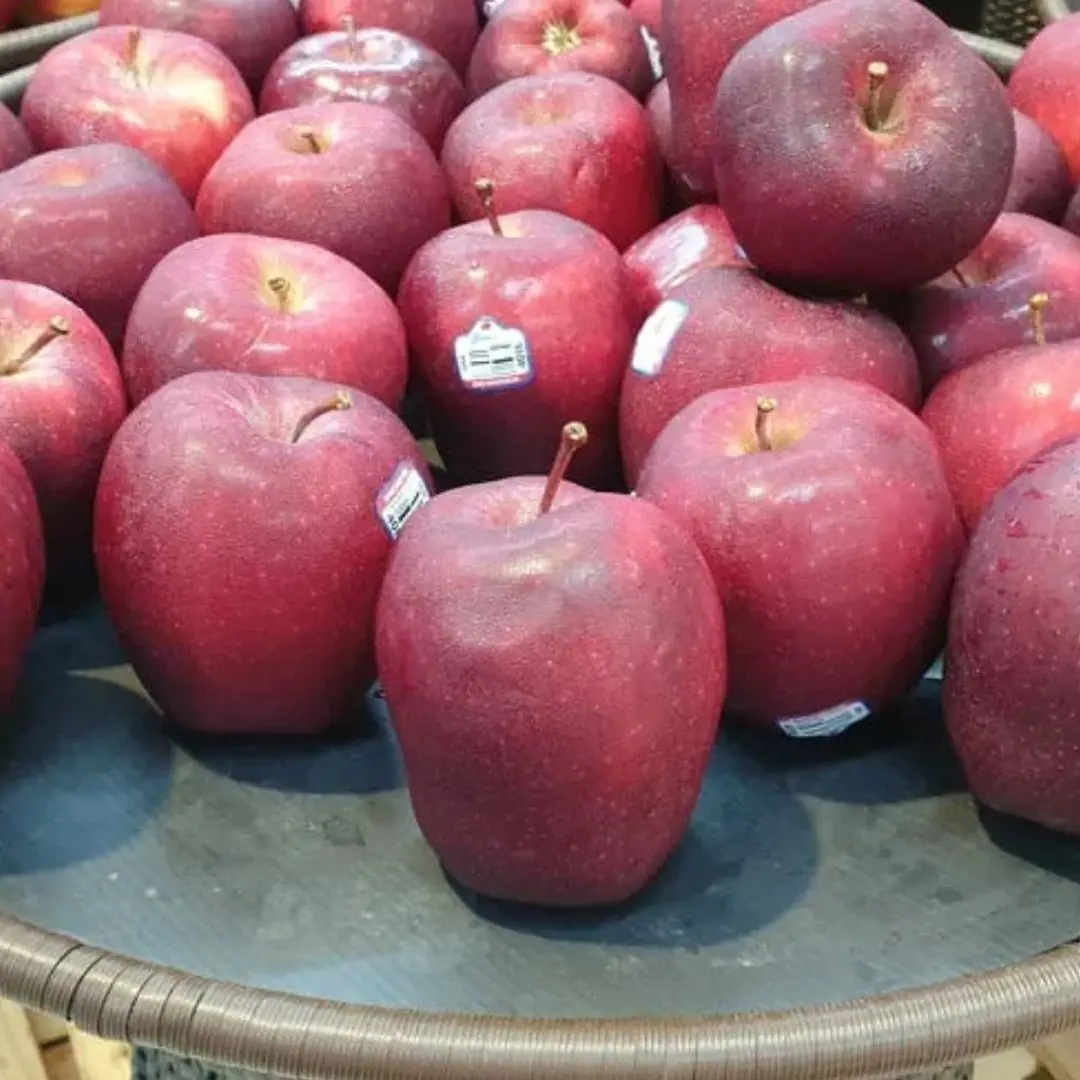
Top foods to absolutely avoid at night if you don't want to affect your health
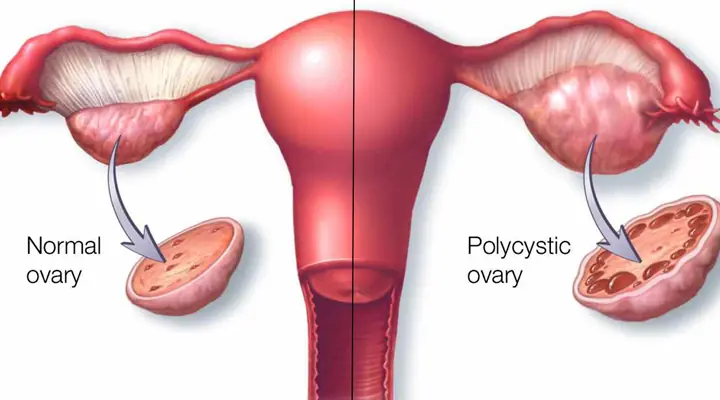
Eat 6 things to help women detoxify their ovaries and prevent gynecological diseases
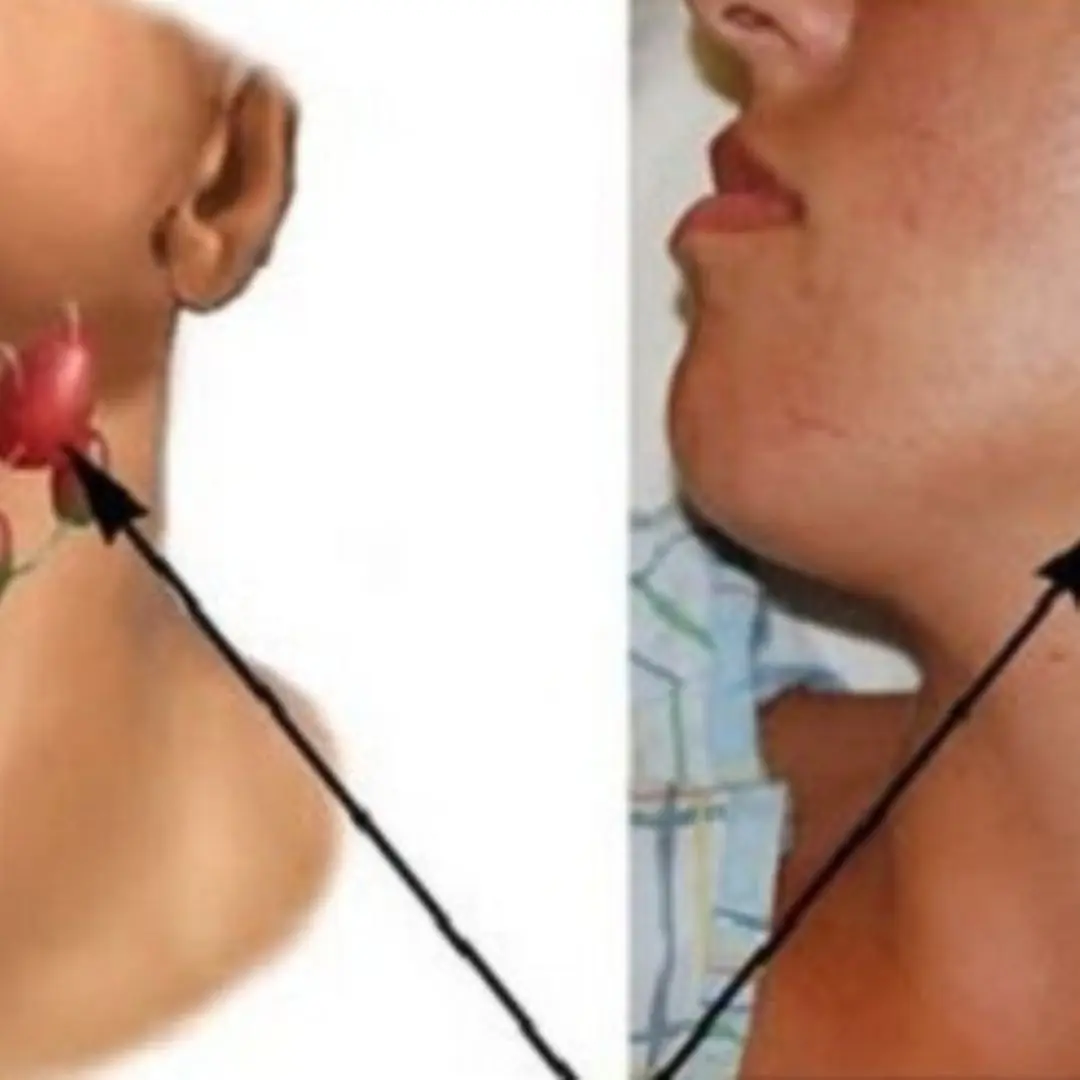
4 warning signs of nasopharyngeal ca.n.c.er that are most easily overlooked

Female patient suffered a perforated small intestine due to a 'lost' thing in her body for 30 years
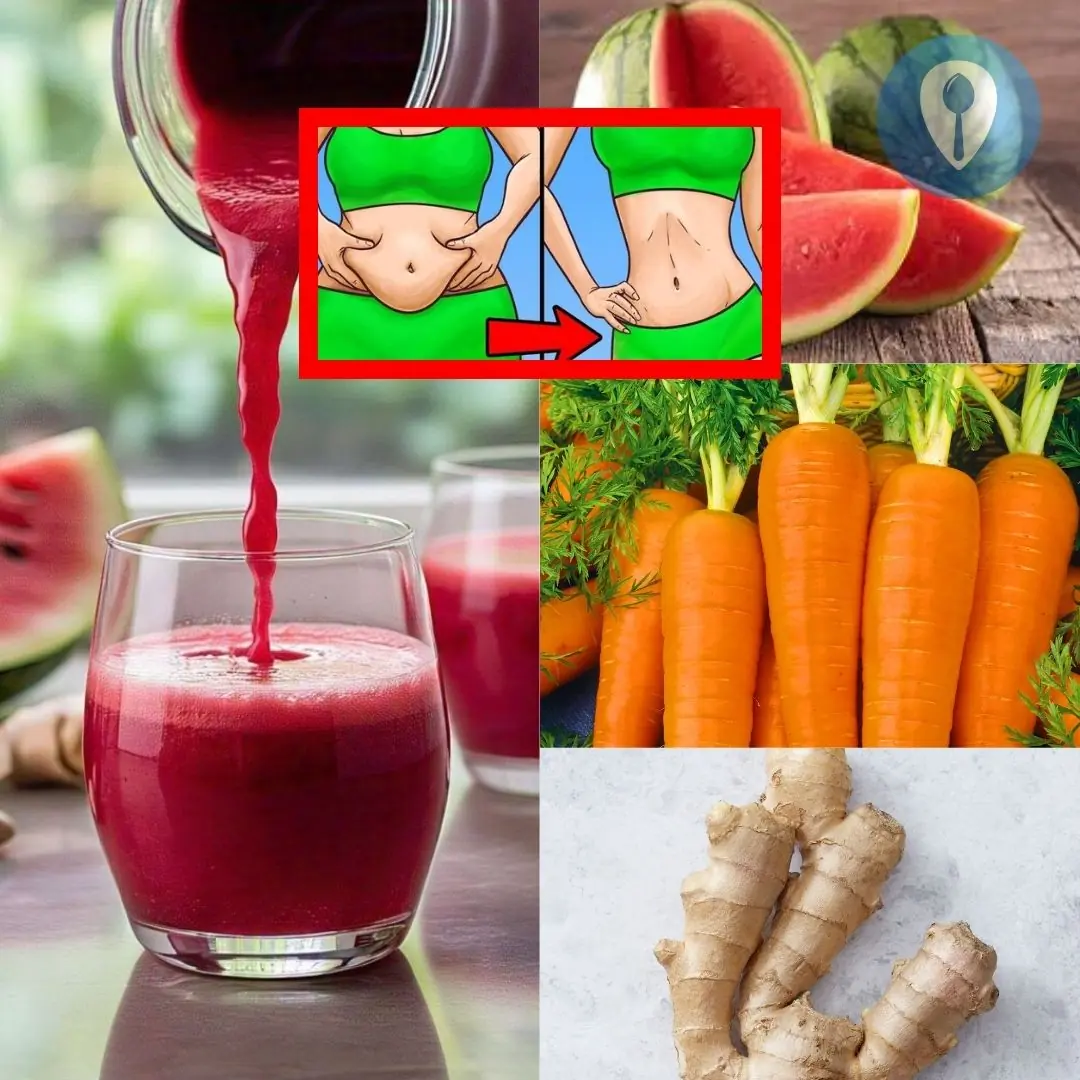
If you are looking for a natural and safe weight loss juice, this recipe from watermelon, carrots, beets and ginger is worth a try
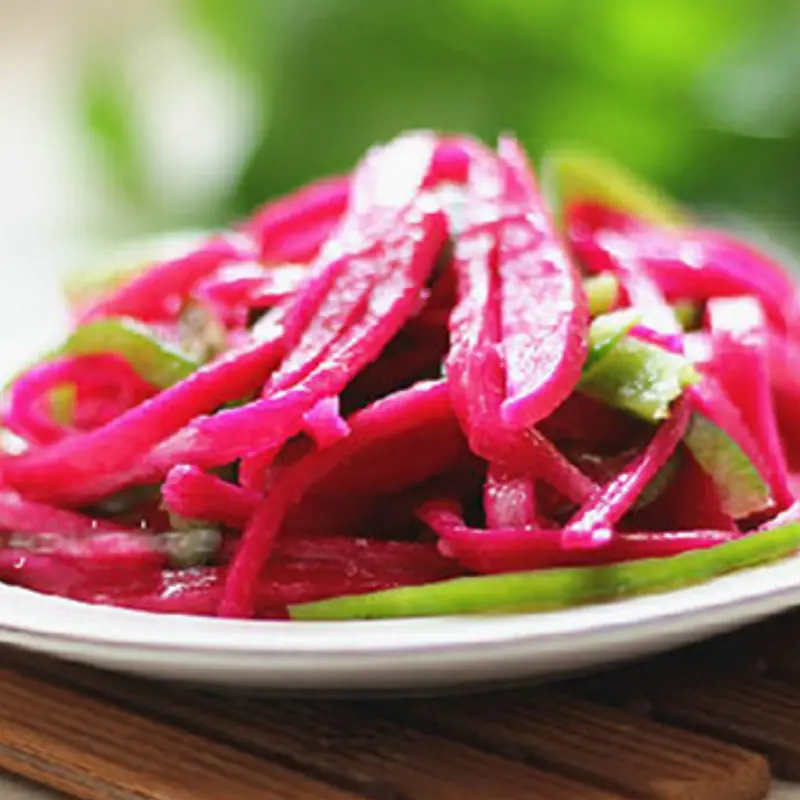
The Peels of These 3 Fruits Are Actually 'Pesticide-Free Vegetables': Cook 3 Delicious Dishes That Also Beautify Your Skin and Aid in Weight Loss
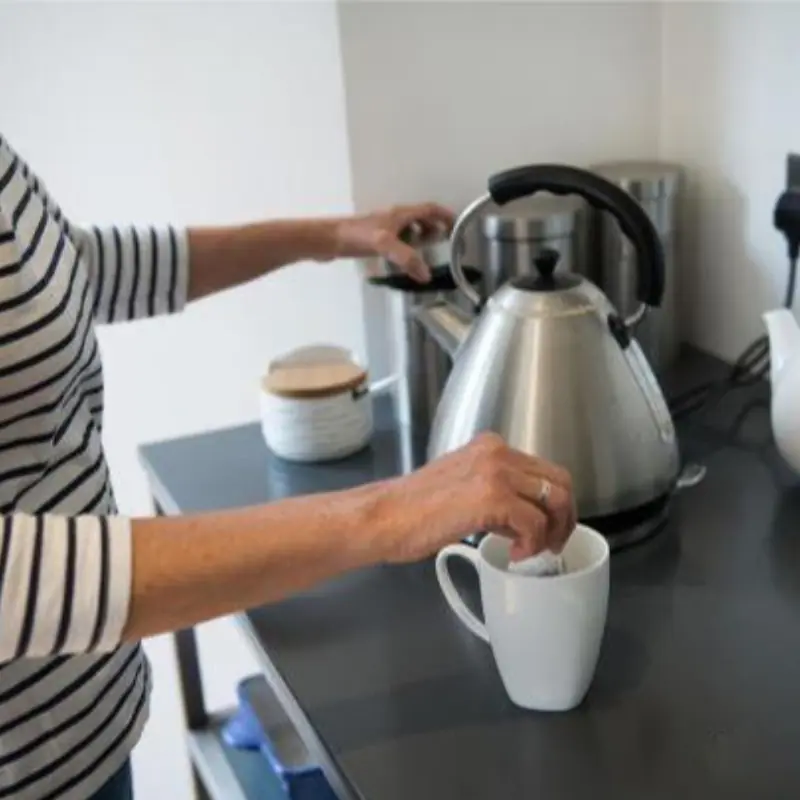
One Person Boils Water, the Whole Family Gets Cancer
